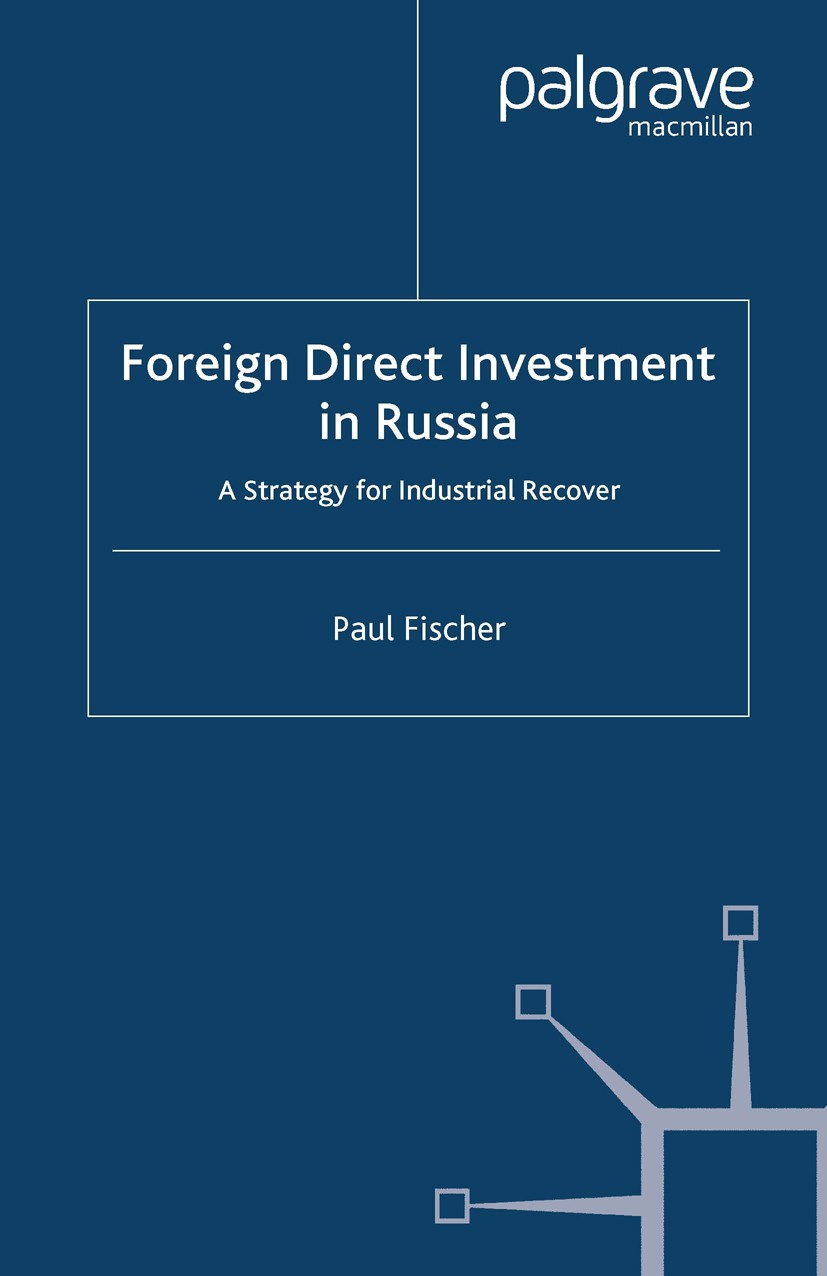| 书目名称 | Foreign Direct Investment in Russia | | 副标题 | A Strategy for Indus | | 编辑 | Paul Fischer | | 视频video | http://file.papertrans.cn/346/345340/345340.mp4 | | 图书封面 |  | | 描述 | Russia‘s post-reform crisis can be alleviated. The country has the market, the abundant natural resources and the human skills that foreign investors seek. What it needs is policies that enhance FDI inflows. Policy-makers can learn from the other large emerging markets like China, India, and Mexico, where FDI has revitalized the economy. | | 出版日期 | Book 2000 | | 关键词 | China; economy; foreign direct investment; Institution; Policy; transformation | | 版次 | 1 | | doi | https://doi.org/10.1057/9780333977590 | | isbn_softcover | 978-1-349-41658-5 | | isbn_ebook | 978-0-333-97759-0 | | copyright | Palgrave Macmillan, a division of Macmillan Publishers Limited 2000 |
The information of publication is updating

|
|
 |Archiver|手机版|小黑屋|
派博传思国际
( 京公网安备110108008328)
GMT+8, 2026-1-2 01:21
|Archiver|手机版|小黑屋|
派博传思国际
( 京公网安备110108008328)
GMT+8, 2026-1-2 01:21


